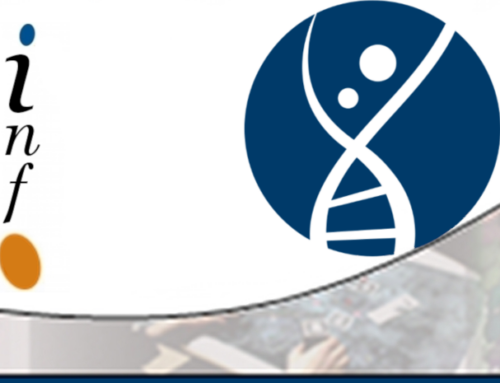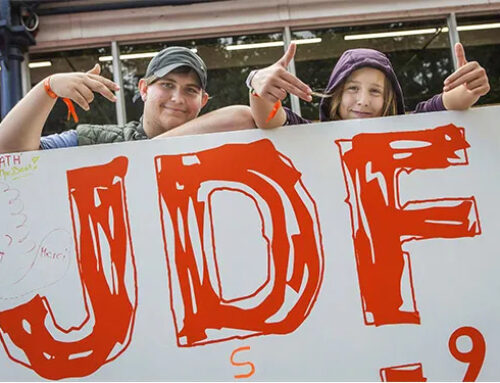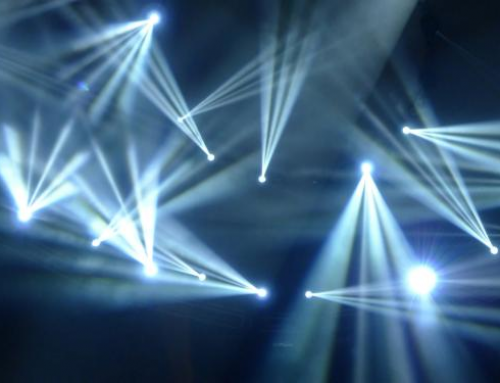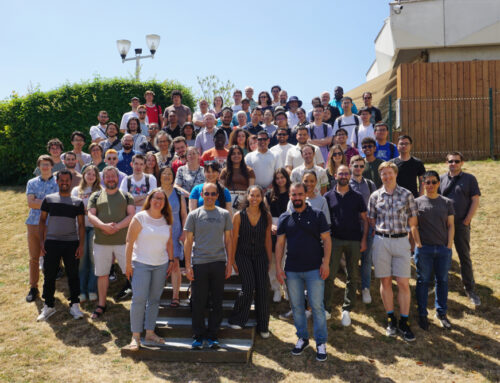Titre : Apprentissage profond et décomposition tensorielle pour l’analyse de patterns en signal et en imagerie multimodale. Application aux neuropathies
Title: Deep learning and tensor decomposition for the analysis of patterns in signals and multimodal imaging. Application to neuropathies
Partners : IBISC, https://ibisc.univ-evry.fr/ (univ Evry, université Paris-Saclay) équipe SIAM , LISSI (UPEC) http://lissi.fr, Equipe Synapse
Basic AI and Data Science : classification from image features
Specialized ML and AI : signal, image, vision
Application domain : AI-based imagery by MFI
Mots-clés deep learning, imagerie multi-modale, tensor decomposition, machine learning, deep tech, source separation, time series, neuroimaging, stroke
Total duration of internship 6 months (postgraduate)
Working period : 2024/02/01 to 2024/09/01
Context et objectives
The exponential development of AI and neural networks is renewing the study of time series from both a fundamental and applied point of view. Particularly for multivariate signals, the tensor can be a more adequate representation than the matrix, because it avoids the loss of data structure, and therefore the loss of information.
Automatic learning on tensor data is classically carried out by linear tensor decomposition, for example CPD/PARAFAC or Tucker [Sid17]. Recently, tensor representations have been integrated into neural networks and have enabled significant developments in deep learning, particularly in the field of images, by reducing the number of parameters to be estimated.
To increase the identifiability and interpretability of deep neural models, constraints are added, for example non-negativity, classic in a matrix and tensor learning framework [Kol08]. In deep learning, variational autoencoders have been interpreted in a non-negative matrix factorization framework, but also as a CPD tensor factorization, and even non-negative Tucker [Mar22]. Autoencoders belong to the family of generative models. They make it possible to discover latent spaces by learning an automorphism x=f(x). Their latent space can be structured in tensor form, which provides very good performance [Pan21]. It has been shown that this allows a compromise in terms of performance and interpretability, between a simple unconstrained autoencoder and a non-negative Tucker model, for different tasks (segmentation, pattern detection). However, this preliminary work leaves significant room for progress, and the properties of this type of hybrid model are still poorly understood.
Work program
First of all, we will establish a benchmark of the different approaches. Then we will modify the constraints which structure the tensor decomposition in an auto-encoder/Tucker decomposition type model. We will evaluate and compare the characteristics of several architectures for the autoencoder. The proposed algorithms will be tested on data from several application fields currently examined in our respective laboratories: powers transmitted on an electricity transmission network; calibration of pollutant sensors; prediction of sports performance, segmentation of brain tumors. This work could continue in thesis (1) by comparing the performances of the representation in the temporal, time-frequency, time-scale domains (2) by applying these tensor decompositions on Boltzmann machines (DB networks and diffusion model) (3) by studying the influence of the network structure of the underlying phenomenon on the signal representation. Industrial collaborations are possible.
Profile and skills sought
Ability to understand and develop adaptive learning algorithms and process data, index them and exploit them in an operational system to achieve the mission described above. Programming skills: Python or C/C++. Experience with Tensorflow or Pytorch would be a plus. Fluency in French is not obligatory.
Professional qualities sought after autonomy, interpersonal skills to interact with research and business teams, motivation for new technologies, creativity to implement an innovative solution.
Scientific and material supervision and conditions
The project is multidisciplinary, at the interface of machine learning, computer science and physics. The student will be supervised by Vincent Vigneron and Aurelien Hazan, both specialists in machine learning, signal and image processing. The Synapse team (LISSI) develops tools for analyzing network phenomena. The IBISC SIAM team is recognized for its expertise in deep learning.
Remuneration
€600/month
Location
The internship will be carried out in part on the two sites below
- IBISC Laboratory, UFR Sciences et Technologies, Université d’Évry, Pelvoux site, 36 rue du Pelvoux 91000 ÉVRY-COURCOURONNES
- LISSI Laboratory, Site de Sénart, 36 rue Georges Charpak 77 567 Lieusaint
Contact
send resume and grades of bachelor+master to
Aurélien Hazan and Vincent Vigneron, Phone : +33 6 63 568 760
References
[Kol08] Kolda, Bader, « Tensor decompositions and applications », in: SIAM review 51.3 (2009), pp. 455–500.
[Sid17] Sidiropoulos et al. « Tensor Decomposition for Signal Processing and Machine Learning » IEEE Transactions on Signal Processing, 2017.
[Pan21] Panagakis et al. « Tensor Methods in Computer Vision and Deep Learning » Proceedings of the IEEE, https://doi.org/10.1109/JPROC.2021.3074329
[Mar22] Marmoret, « Unsupervised Machine Learning Paradigms for the Representation of Music Similarity and Structure », thèse IMT Atlantique, 2022.
- Date de l’appel : 01/12/2023
- Statut de l’appel : Pourvu
- Contacts : Aurélien HAZAN (MCF UPEC, LISSI), Vincent VIGNERON (PR Univ. Évry, IBISC équipe SIAM), aurelienDOThazanATu-pecDOTfr, vincentDOTvigneronATuniv-evryDOTfr
- Sujet de stage niveau Master 2 (format PDF)
- Web équipe SIAM
- Web laboratoire LISSI






